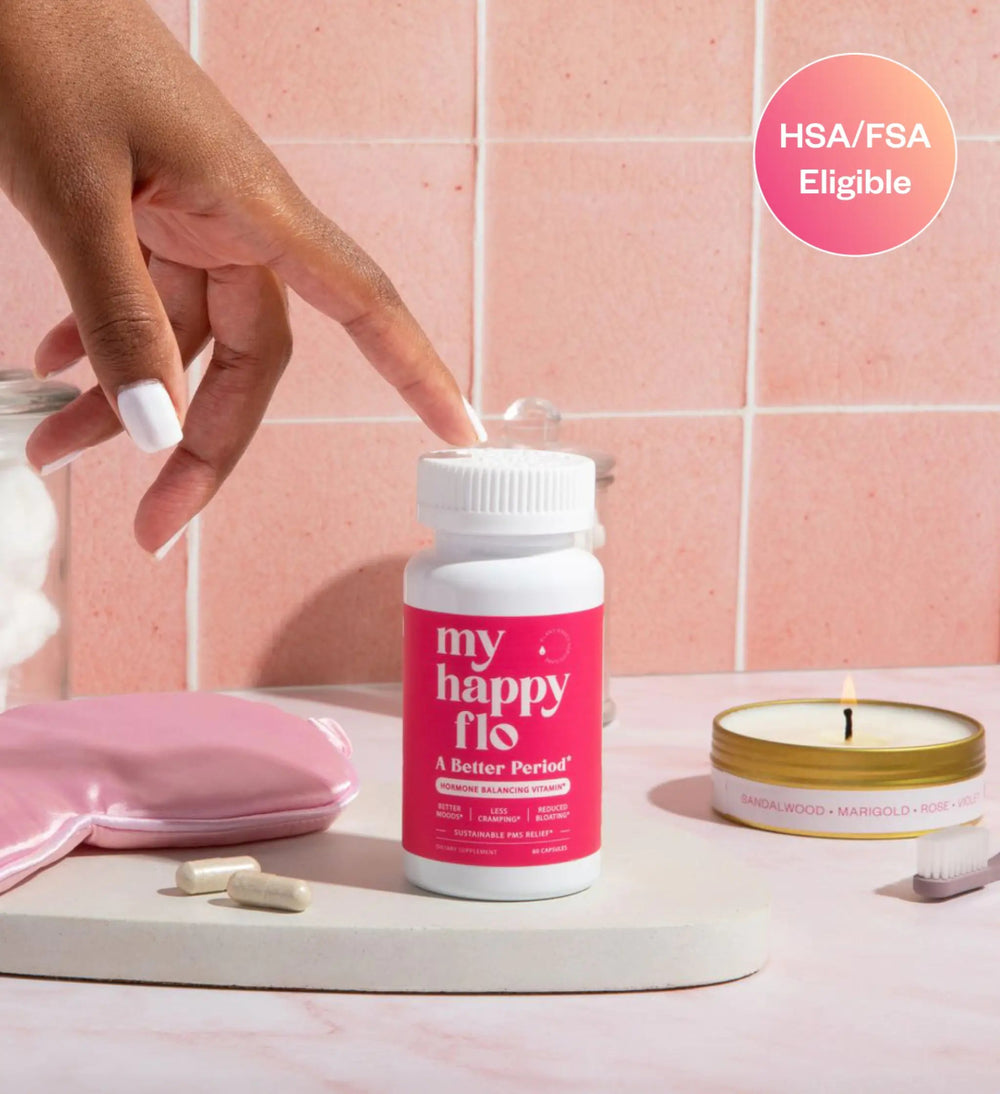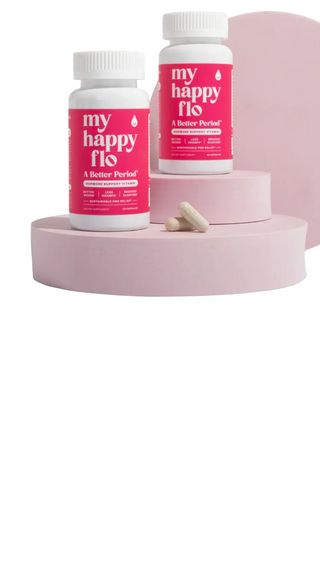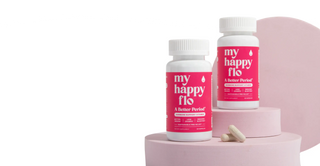
My Happy Flo ~ Period Relief Vitamins
A Better Period - Hormone Support Vitamins
New to the crew? We guarantee results in two cycles, so order two bottles to start
If you’ve ever been told you “just have fibroids,” but still have no idea why your symptoms are so intense or where those fibroids actually are... you're not alone.
Most women are never told that there are different types of fibroids—and that each one can cause totally different symptoms. From heavy bleeding to hip pain to fertility struggles, it often comes down to where the fibroid is growing.
So let’s break this down in a way that actually makes sense.
Why the Type of Fibroid Matters
Understanding what type of fibroid you have isn’t just a nerdy medical detail. It explains:
-
Why your periods are so heavy
-
Why your back aches or your bladder feels pressured
-
Why your doctor says “they’re small” but your body says otherwise
Knowing your type can also help you make smarter choices in supporting your health and managing your symptoms.
Quick Breakdown: What Is the FIGO Classification?
Doctors use something called the FIGO system (developed by the International Federation of Gynecology and Obstetrics) to classify fibroids by location. It runs on a scale from 0 to 8.
Here’s a simplified cheat sheet:
-
FIGO 0–2 → Submucosal
Grow inside the uterine cavity (often cause heavy bleeding and fertility issues) -
FIGO 3–4 → Intramural
Grow inside the muscular wall of the uterus (often cause cramping, pressure, bloating) -
FIGO 5–7 → Subserosal
Grow on the outer surface of the uterus (often cause back pain, bloating, bladder/nerve pressure) -
FIGO 8 → “Other”
Located anywhere outside of the uterus like the cervix or ligaments (can cause pain during sex, random pressure symptoms)
Don’t stress trying to memorize the numbers—just remember that location = symptom pattern.
The 3 Main Types of Fibroids (and What They Feel Like)

1. Submucosal Fibroids — Inside the Uterine Cavity (FIGO 0–2)
These are the heavy bleeders.
-
Cause: Prolonged periods, clotting, anemia, fertility issues
💡 Support tips:
-
Eat iron-rich foods + vitamin C
-
Herbal support (yarrow tea or shepherd’s purse herbal tinctures like Flow Stopper)
-
Rest + replenish during your period
2. Intramural Fibroids — In the Uterine Wall (FIGO 3–4)
Most common type!
-
Cause: Pelvic pain, cramps, bloating, low back aches
💡 Support tips:
-
Anti-inflammatory foods + magnesium
-
Castor oil packs
-
Gentle Movement (walking, yoga)
-
Monthly Body Work (Acupressure, massage, Acupuncture, Myofascial Release, Cupping)
3. Subserosal Fibroids — On the Outer Uterus (FIGO 5–7)
The sneaky ones that press on other organs or nerves.
-
Cause: Back/hip pain, frequent urination, constipation, sciatica
Support tips:
-
High-fiber foods + hydration (add Mineral drops or Electrolytes)
-
Strengthen your core/pelvic floor
-
Try posture tools (lumbar support, especially if you work at a desk all day)
-
Bodywork(Craniosacral Therapy, Arvigo®, Myofascial Release)
4. Other: FIGO 8
Unusual spots like the cervix or ligaments.
-
Cause: Pain during sex, pelvic pressure, or random discomfort
What This Info Actually Helps You Do
Knowing your fibroid type can help you:
-
Understand your symptoms (and stop second-guessing yourself)
-
Ask better more educated questions at your doctor’s visit
-
Tailor a healing path that fits your body best
What To Do Next
Ask for your ultrasound or MRI report
Look for the words: submucosal, intramural, or subserosal
Don’t be afraid to ask your doctor: “Can you explain where mine are growing?”
One conversation could completely shift how you view your body—and your healing journey.
Want more detailed info on this?
Check out my new YouTube video that breaks down each fibroid type in detail—plus tips for natural support.
And as always, you are not alone on this journey. We are all doing our best to bring more awareness and light to this condition! Remember, you’re not crazy. You’re not overreacting. You just haven’t been told the full story!


















